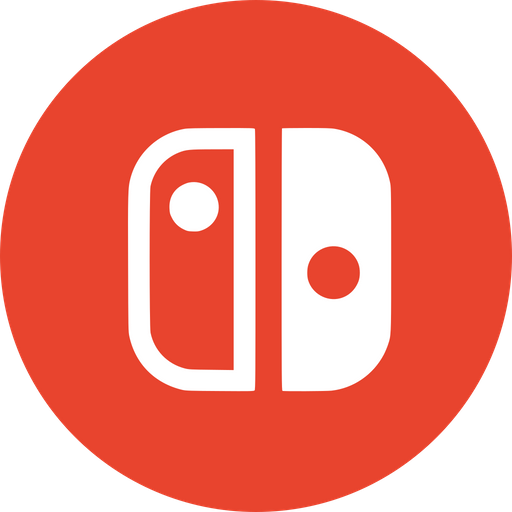

Lofts and sweeps and pockets FTW! That does look like the right solution for single objects.
What about objects that sit at an angle relative to each other? Can you define workplanes (sketches) at arbitrary angles? Can you later slide those planes up/down, e.g. to add more distance from the face it would sit on? For instance, in the above object, the holders on the blue face are tilted 14 degrees from the blue base, and the little red holder in front is tilted an additional 5 degrees and lifted 6mm from the front of the larger red holder.



I’m with you, and we can make quite cool things in TinkerCad. To translate my question to your shape: if you decide to have larger rotors, or longer arms, you would have to fiddle with groups for a very long time, right? In comparison, with e.g. FreeCad and a shitload of parameters, that would be quick (but you’d need to spend a lot of time defining all those parameters… but only once, though).